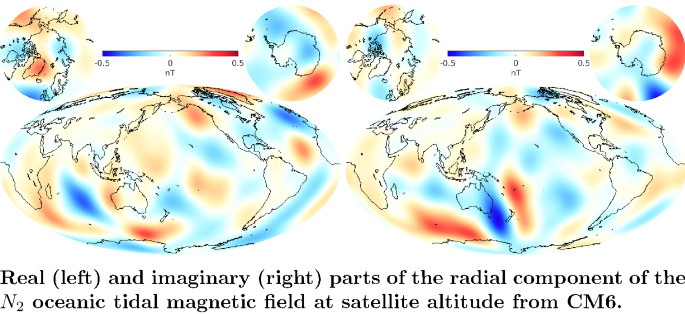
If an alternating magnetic field is applied to the material, its magnetization will trace out a loop called a hysteresis loop.

It must be driven back to zero by a field in the opposite direction. When a ferromagnetic material is magnetized in one direction, it will not relax back to zero magnetization when the imposed magnetizing field is removed. In principle, the scattering process there does not involve SOC and the Hall angle is predicted to be significantly large compared to the conventional skew-scattering.Hysteresis in magnetic materials Hysteresis Hence, the magnetic scattering contributes to the AHE. One possibility for this unconventional skew-scattering is the recently proposed “spin-chirality skew-scattering” mechanism 26, where the thermally fluctuating spins in the FM state act as the spin-clusters with the SSC (inset in Fig. 2b, c) are both beyond the conventional understanding of skew-scattering. 2a), but also the non-monotonous \(B\)– \(T\) profile (Fig.

Hence, not only the giant Hall angle of 18~22% (Fig.

Another direction is to tailor a non-coplanar magnetic order with a geometrical correlation as characterized by scalar spin chirality (SSC) \(\chi = \). The extreme example is the quantized AHE in magnetic topological insulators, which realizes the infinite Hall angle and hence dissipation-less conduction 8, 9. For example, a small magnetization can produce a large net Berry curvature in topological semimetals 3, 4, 5, 6, 7. To date, studies aiming at a large Hall response have focused on the gauge field arising from the electronic bands and magnetic orders. This phenomenon potentially benefits applications as well, since a large Hall response provides a pathway to energy efficient electronic or spintronic devices through the suppression of the longitudinal current which entails the Joule heating. The anomalous Hall effect (AHE) is one such phenomenon, where the Hall effect occurs usually as a consequence of magnetic-ordering and spin–orbit coupling (SOC) 2.

The quantum nature of electrons leads to rich electromagnetic responses in correlated electron systems, in particular, through the interaction with magnetism 1. Our results may open up a new platform to explore giant AHE responses in various systems, including frustrated magnets and thin-film heterostructures. A possible origin of the large AHE is attributed to a new type of skew-scattering via thermally excited spin-clusters with scalar spin chirality, which is corroborated by the temperature–magnetic-field profile of the AHE being sensitive to the film-thickness or magneto-crystalline anisotropy. The Hall conductivity and Hall angle, respectively, reach \(40,000\) Ω −1 cm −1 and \(18\)% in the ferromagnetic region, exceeding the conventional limits of AHE of intrinsic and extrinsic origins, respectively. Here we report the observation of giant AHE of electron-scattering origin in a chiral magnet MnGe thin film. Whereas the mechanism related to band topology has been intensively studied towards energy efficient electronics, those related to electron scattering have received limited attention. The electrical Hall effect can be significantly enhanced through the interplay of the conduction electrons with magnetism, which is known as the anomalous Hall effect (AHE).


 0 kommentar(er)
0 kommentar(er)
